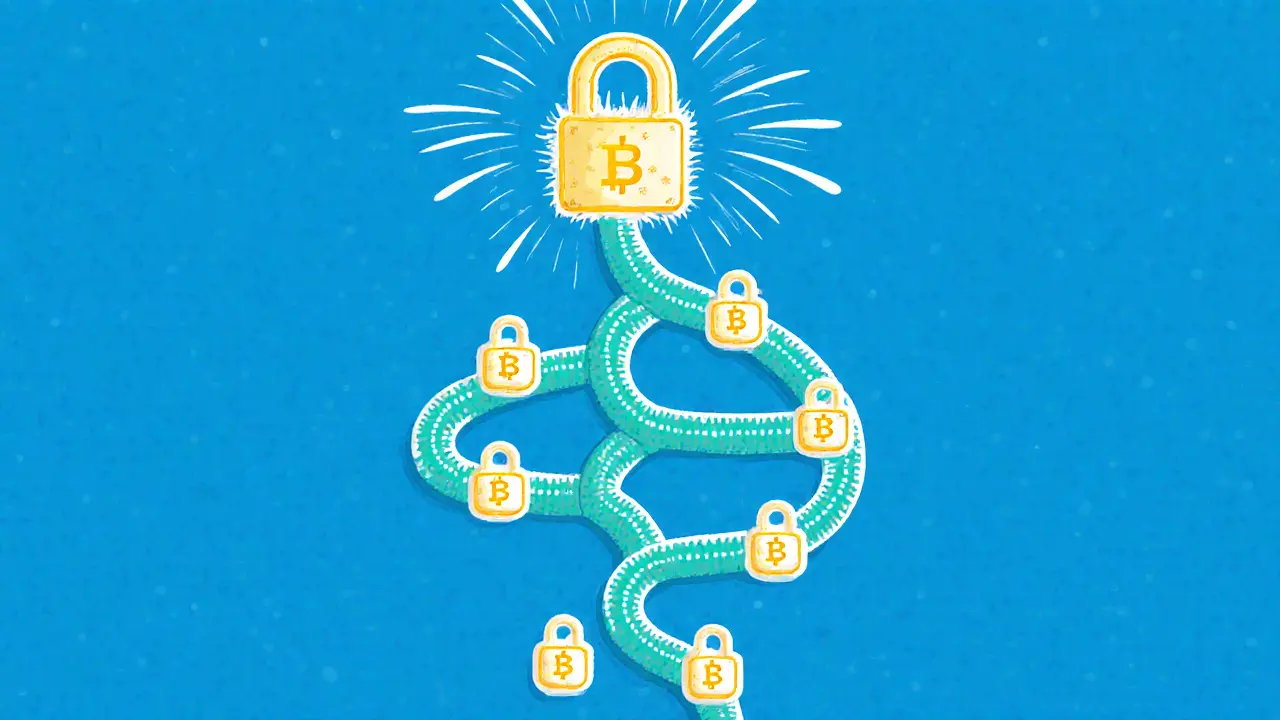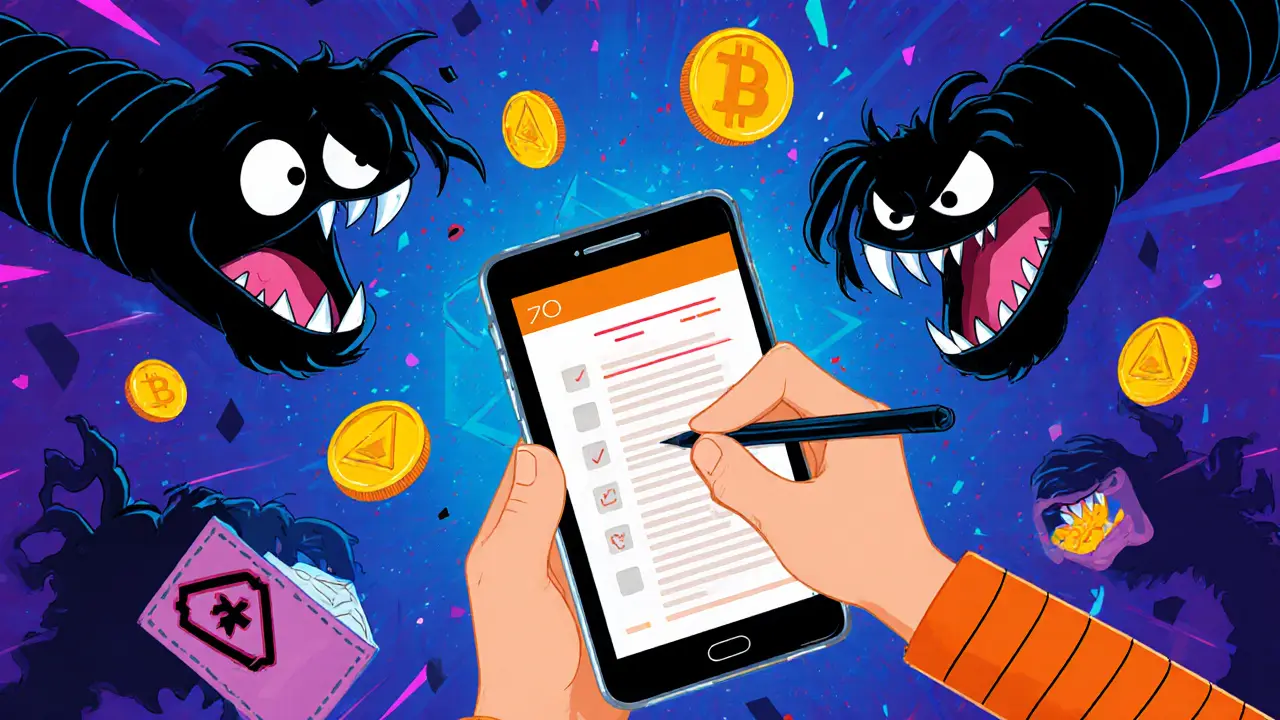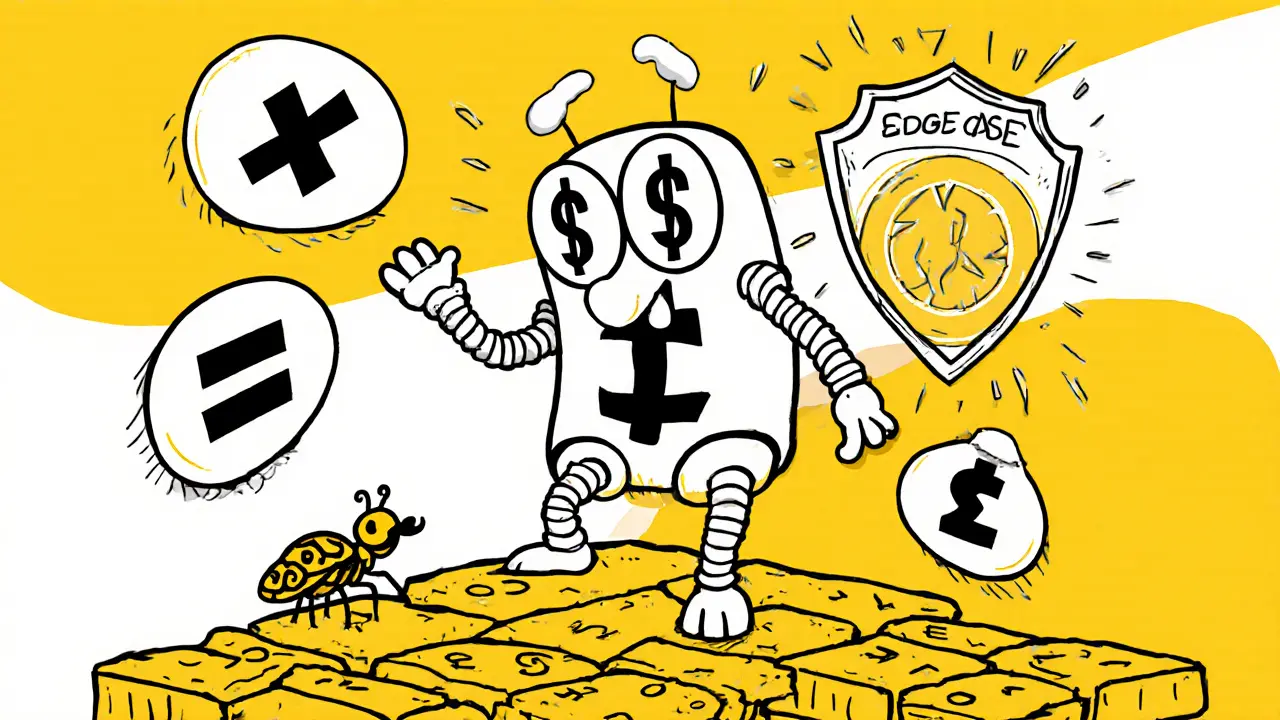Blockchain Security: Protect Your Crypto from Hacks and Losses
When you hold crypto, you’re not just storing value—you’re managing access to digital assets that can’t be reversed if stolen. Blockchain security, the set of practices and technologies that protect decentralized networks and user funds from theft, fraud, and system failures. Also known as crypto security, it’s the reason your wallet doesn’t get emptied while you sleep. Unlike banks, there’s no customer service line to call if you send funds to the wrong address or lose your private key. Your responsibility is total. That’s why understanding how blockchain security actually works—not just what it’s called—is non-negotiable.
One of the biggest threats comes from weak access control. 2FA for crypto, a second layer of authentication that requires something you have (like a phone or hardware token) in addition to your password isn’t optional—it’s the bare minimum. Without it, a single phishing email can wipe out years of savings. And when you stake your coins, slashing protection, mechanisms that prevent penalties for validator errors like double signing or extended downtime becomes critical. One misstep in your validator setup and you could lose a chunk of your staked ETH or SOL. It’s not theoretical. Thousands have lost funds because they didn’t understand how slashing works.
Proof-of-stake blockchains like Ethereum and Solana changed how security is maintained, but they didn’t remove risk—they just shifted it. proof-of-stake security, the system that relies on validators locking up their own coins as collateral to secure the network means your safety is tied to how well others run their nodes. If a validator goes offline or gets hacked, your rewards stop—and your stake could be slashed. That’s why tools like secure signers and key management aren’t for experts only. They’re for anyone who owns more than a few dollars in crypto.
You’ll find posts here that cut through the noise. No fluff about "decentralized utopias." Just real fixes: how to set up 2FA so it actually works, why some exchanges are dangerous even if they claim to be "non-custodial," and how to avoid getting slashed while staking. You’ll see what happens when blockchain security fails—like fake exchanges, dead tokens, and stolen NFTs—and how to spot the red flags before it’s too late. This isn’t about fear. It’s about control. If you’re holding crypto, you need to know how to keep it safe. The tools are simple. The stakes aren’t.
24 Nov
2025
Merkle trees let blockchains verify transactions with minimal data, enabling lightweight wallets and secure scalability. They turn thousands of transactions into one hash, making tampering impossible and verification lightning-fast.
dApp security isn't about blockchain being unbreakable-it's about avoiding human error, fake websites, and poorly coded smart contracts. Learn how to protect your funds from phishing, rug pulls, and unchecked approvals.
Formal verification uses math to prove smart contracts behave correctly under all conditions. It's now standard for high-value DeFi protocols and required by regulators. Learn how it works, which tools to use, and when you need it.
Quantum computing could break the encryption behind Bitcoin and other blockchains. Learn how Shor's algorithm threatens crypto security, what 'harvest now, decrypt later' means, and how to protect your assets before it's too late.



